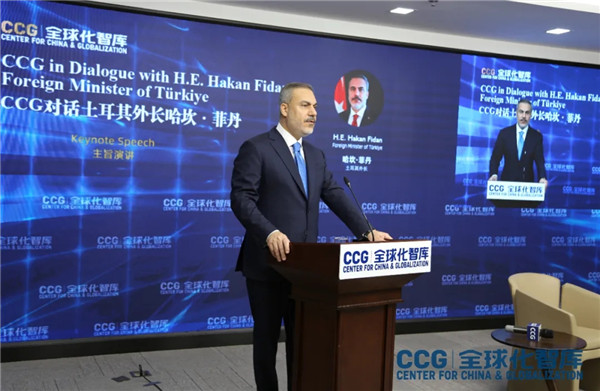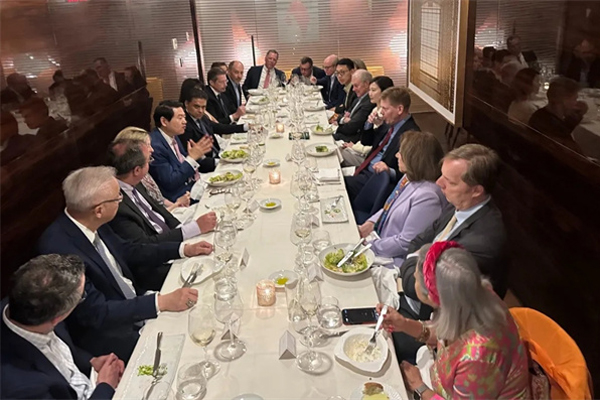Director of CCG gave a talk at IOM Conference in Geneva
Dr. Wang Huiyao, Director General of Center of China and Globalization was invited to participate as a speaker in a workshop on “South-South migration: partnering strategically for development”, organized by the International Organization for Migration in the framework of its International Dialogue on Migration (IDM) on 24 and 25 March 2014 in Geneva, Switzerland.
As the acceleration of globalization, the number of countries affected by international mobility has significantly increased. Evidence shows that South-South movements are reaching the same levels as South-North flows (represent 35% of the total). North-South movements (3%) are another emerging trend that has started receiving international recognition and attention. Such recent migration trends are discussed in academic circles, but less often by politicians and practitioners. The IOM provided a space to analyze current issues in these emerging migration trends, and look at how international and regional organizations can contribute to improving the understanding of South-South migration as well as to enhancing its potential for development.

Dr. Wang gave a presentation on “Recent trends in migration between China and other developing countries”. Firstly, he reviewed the overall Chinese international migration trends in recent years. In 2013, China ranked the world’s fourth largest migrant-sending country and has become the largest source of overseas students; however, China has suffered a major deficit in terms of migration and the exchange of talent. Although the total return rate is higher, the reality is that most highly skilled migrants are willing to stay in the North and do not return home. He then presented current trends in migration from China to Africa and other developing countries, as well as the immigration to China from countries in the South. Many researchers estimated the current number of Chinese migrants in Africa as 1 million. Studies show that most Chinese in Africa today are temporary labor migrants, who are mainly employees of Chinese state-owned enterprises (SOEs).
In addition, there are increasingly larger numbers of independent entrepreneurial migrants arriving in Africa seeking economic opportunities. Numbers of immigrants to China are increasing. However, it remained extremely low, with over 800,000 foreigners living in China in 2013.
Finally, Dr. Wang introduced the current trend of international mobility of talent and China’s talent policy. Mobility of talent has become a central aspect of globalization. Highly skilled migrants are major contributors to both receiving country and sending country’s economy, especially the high-tech industry. Chinese government is paying more attention to global talent and various talent resources.
LocationGeneva





